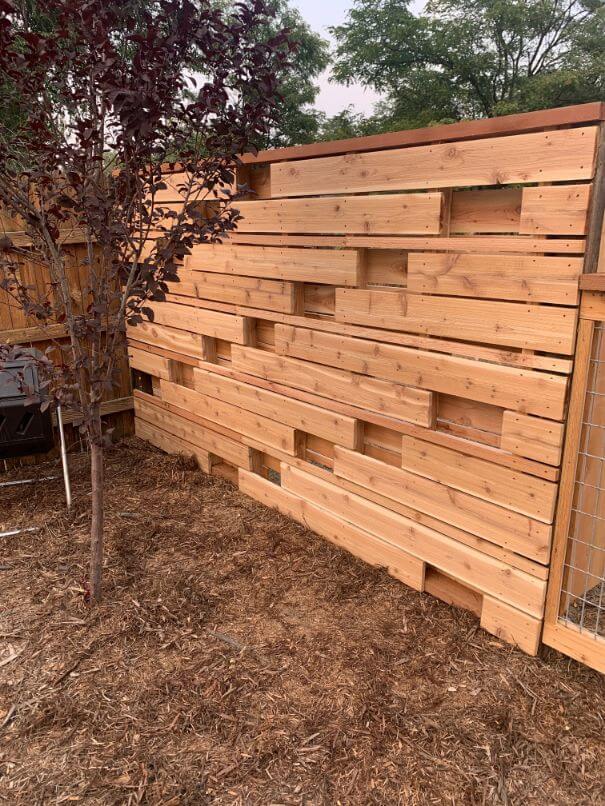All Categories
Featured

Recognizing the indications that your fence requires to be changed can aid you prevent additional damages and maintain the security and appearance of your residential or commercial property. Right here are some vital signs that it's time to change your fence.

- Noticeable Damage or Deterioration
One of the most apparent indicators that your fence requires to be changed shows up damages. Whether it's from weathering, mishaps, or pests, any kind of major cracks, splintering, or missing out on boards can significantly minimize the architectural integrity of your fence. If the damages is substantial and goes past simply a few repair services, changing the entire fencing might be much more cost-effective over time.
- Leaning or Sagging
A leaning or sagging fence is a clear indication of an issue. Also if the fence appears to be leaning slightly, it might be an indicator of underlying architectural issues that could worsen with time.
- Decaying or Decaying Wood

Wood fences are especially susceptible to rot and degeneration, particularly in locations that experience high degrees of dampness or moisture. If you see that components of your wood fence are soft, blemished, or have visible mold, these are all signs of rot. Left unattended, rotting wood can result in a weak fencing that may ultimately fall down. Sometimes, sections can be changed, yet if the damages is prevalent, a complete replacement may be needed.
- Rust and Corrosion (For Metal Fences)
If you have a metal fence, rust and deterioration are typical indications of wear and tear. If you notice any type of significant weakening or big locations of corrosion, it might be time to take into consideration changing your steel fence.
- Fencing No Longer Fulfills Your Requirements
An additional factor to replace your fence might be that it no much longer serves its intended purpose. With time, your requirements might alter-- possibly you need a greater fencing for even more privacy or a more powerful one for enhanced security. If your fencing no much longer fulfills your needs or doesn't straighten with your existing choices, it may be time to update to a new, more functional design.
- Fading and Staining
While fading and staining are generally cosmetic problems, they can still indicate that your fencing is aging. Exposure to UV rays and extreme climate can trigger fencings to shed their original color, making them look dull and used. If the fading is comprehensive and you've already tried cleaning up and staining the fencing, it may be time to change it to restore the appearance of your residential or commercial property.
- Regular Repair Work
If you discover yourself frequently repairing your fence, maybe a sign that the fence is nearing the end of its life-span. While small fixings can extend the life of a fencing, frequent fixes might indicate that the structure is no more stable. In this instance, it might be a lot more cost-effective to change the entire fencing as opposed to remaining to spend in repair services.
Conclusion
Replacing a fencing is a significant financial investment, but it is vital for keeping the safety, privacy, and curb charm of your residential property. If your fencing is revealing signs of damage, rot, leaning, or various other architectural concerns, it's vital to evaluate whether a replacement is needed. By recognizing these indication beforehand, you can make educated choices concerning when to change your fence, ensuring your building stays safe and secure and aesthetically appealing for many years to come.
Latest Posts
Add Comfort and Character to Your Home with Location Rugs
Published Apr 19, 25
1 min read
NAPA AutoCare: Top-Notch Repairs Trusted by the NAPA Certified Technicians
Published Apr 19, 25
2 min read
Wetumpka Residents, Enjoy Comprehensive Eye Exams & More at Vision Center South
Published Apr 19, 25
2 min read
More
Latest Posts
Add Comfort and Character to Your Home with Location Rugs
Published Apr 19, 25
1 min read
NAPA AutoCare: Top-Notch Repairs Trusted by the NAPA Certified Technicians
Published Apr 19, 25
2 min read
Wetumpka Residents, Enjoy Comprehensive Eye Exams & More at Vision Center South
Published Apr 19, 25
2 min read